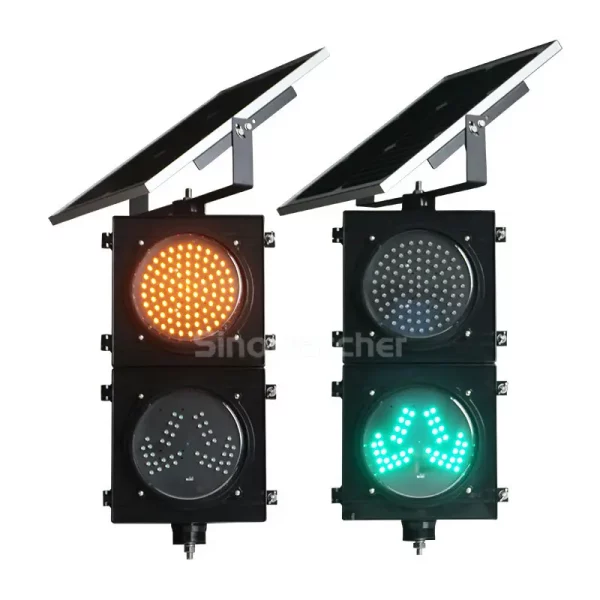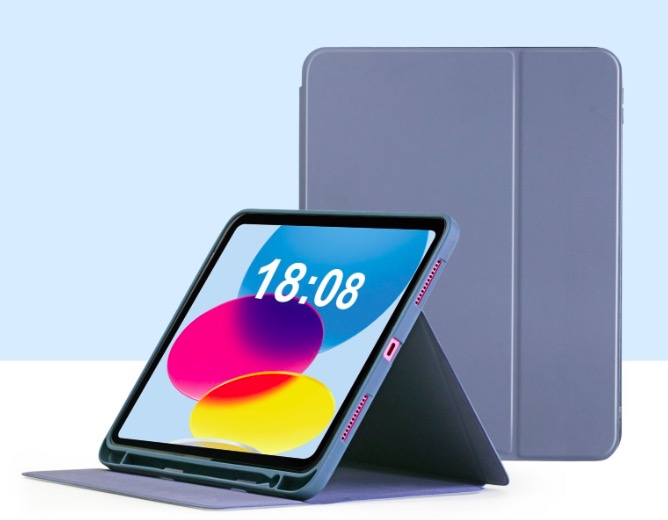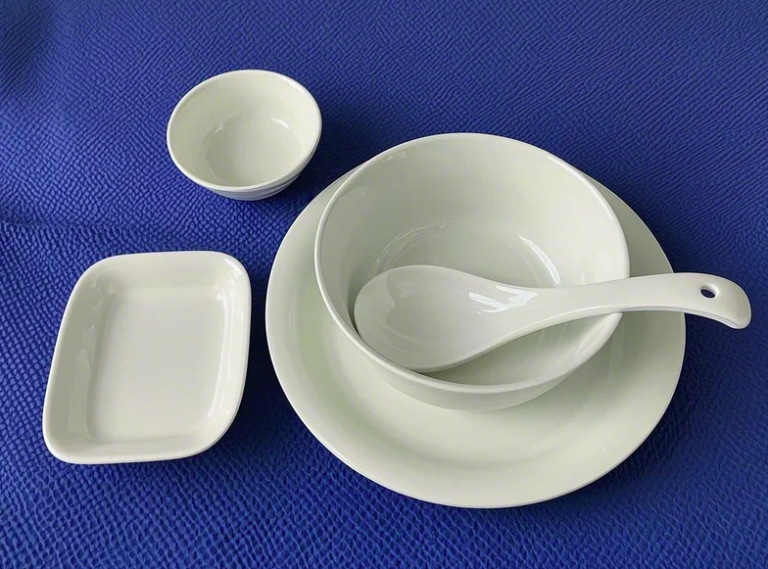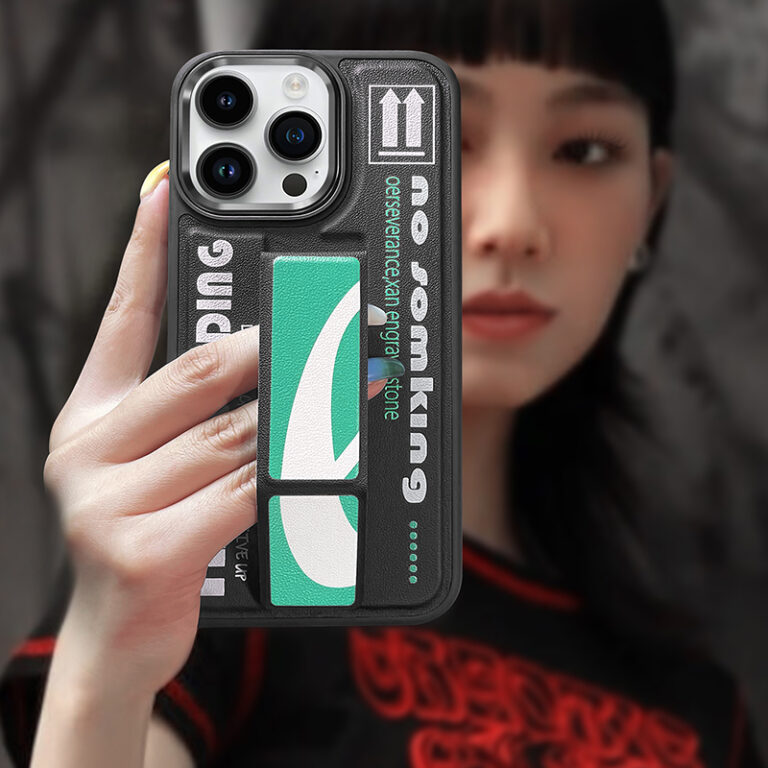目录
ToggleCycling combines fitness, adventure, and exposure to the outdoors. While beginners often focus on bikes and helmets, selecting the right cycling sunglasses is equally important. Proper sunglasses protect the eyes from UV rays, reduce glare, and improve comfort during rides. For new cyclists, understanding how different features impact vision, comfort, and safety is crucial. This article will guide beginner cyclists on essential features to consider, providing professional advice, practical insights, and examples to help make informed choices.
I. Essential Lens Features for Protection and Clarity
- UV Protection and Eye Health
The lenses are the most critical part of cycling sunglasses. For beginners, UV400 protection is essential, blocking 100% of UVA and UVB rays. On sunny rides, UV exposure can last 6–8 hours, and prolonged exposure without protection can cause eye strain and long-term damage such as cataracts or macular degeneration. High-quality lenses often include anti-reflective coatings, which reduce glare from reflective surfaces like car windows, wet roads, or metallic objects.
- Polarized and Photochromic Lenses for Clarity
Photochromic lenses adjust automatically to changing light conditions, darkening in bright sunlight and lightening in shaded areas. This feature prevents visual fatigue when riding through varying light conditions. Polarized lenses reduce glare intensity by up to 90%, improving road visibility and allowing cyclists to detect potholes or debris more clearly. Additionally, some lenses include hydrophobic or anti-fog coatings to maintain clear vision in humid or rainy conditions. A reliable cycling sunglasses supplier can help beginners select lenses that balance UV protection, glare reduction, and visual clarity.
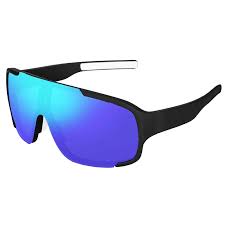
Ⅱ.Frame Design and Comfortable Fit
- Comfortable Fit and Adjustable Design
The frame plays a key role in both comfort and stability. Lightweight materials such as TR90 or nylon composites, weighing around 20–25 grams, provide flexibility while maintaining durability. Adjustable nose pads and temple arms allow a secure fit for various face shapes. Proper weight distribution minimizes pressure on the nose bridge and ears, reducing discomfort during rides exceeding 50 kilometers.
- Stability and Ventilation Features
Ergonomic designs with curved temples enhance stability when wearing helmets and prevent glasses from sliding during vigorous activity. Some frames include subtle venting at the upper and lower edges, promoting airflow behind the lenses. This design feature helps reduce fogging during intense efforts or in high humidity, ensuring that vision remains clear even during rapid temperature changes.
- Wraparound Lenses for Extended Protection
Wraparound frames provide extended peripheral coverage, protecting the eyes from wind, dust, and side glare. For beginners, a horizontal coverage of at least 120 degrees is recommended. This ensures that side vision remains unobstructed while also offering protection against debris, branches, or insects on forested trails. Wraparound frames also reduce the impact of wind on the eyes, which can cause tearing and blur vision during high-speed descents. This is particularly useful when riding at speeds above 25 km/h, common even for beginner cyclists on flat or mildly hilly terrain.
- Interchangeable Lenses and Adaptive Tinting
Many cycling sunglasses offer interchangeable lenses to adapt to varying light conditions. Clear lenses are suitable for early morning or late evening rides, while darker tints protect eyes during bright midday sun. Amber or rose-colored lenses enhance contrast, allowing riders to detect small road imperfections more clearly, improving visual clarity by 15–20%. Having two to three lens options increases versatility, enabling cyclists to maintain optimal vision and comfort throughout the day. This adaptability also reduces eye fatigue by ensuring consistent light filtering, which is particularly helpful on rides lasting 2–3 hours or more.
Ⅲ.Construction, Durability, and Compatibility
- Lightweight Frames for Long Ride Comfort
Weight is critical for comfort during long rides. Frames under 30 grams with balanced weight distribution prevent fatigue and pressure points, ensuring beginners can ride longer without discomfort.
- Prescription and Vision Correction Options
For cyclists who require vision correction, some sunglasses accommodate prescription inserts with diopters up to ±6.0. This feature allows riders to maintain sharp vision without sacrificing the benefits of cycling-specific design elements such as wraparound protection and aerodynamic fit. Reduced eye strain ensures safer navigation, particularly on uneven terrain or busy roads.
- Compatibility with Helmets and Accessories
Properly designed sunglasses fit comfortably under helmets and work well with accessories like earphones or sweatbands. Adjustable temple arms and curved designs prevent interference, allowing full mobility and comfort even during bumpy rides or long-distance outings. This is particularly important for beginners who may wear standard cycling helmets and need glasses that integrate seamlessly without adjusting repeatedly.
Ⅳ.Conclusion
Selecting the right cycling sunglasses is vital for beginner cyclists. Key considerations include UV protection, glare reduction, lens clarity, frame ergonomics, and adaptability for varying light conditions. Features such as wraparound coverage, ventilation, interchangeable lenses, and lightweight construction enhance both comfort and safety. Consulting a trusted cycling sunglasses supplier can help beginners choose lenses, frames, and features that match their riding environment. By focusing on these elements, new cyclists can enjoy clearer vision, reduced eye fatigue, and a more enjoyable and safer riding experience.
0

